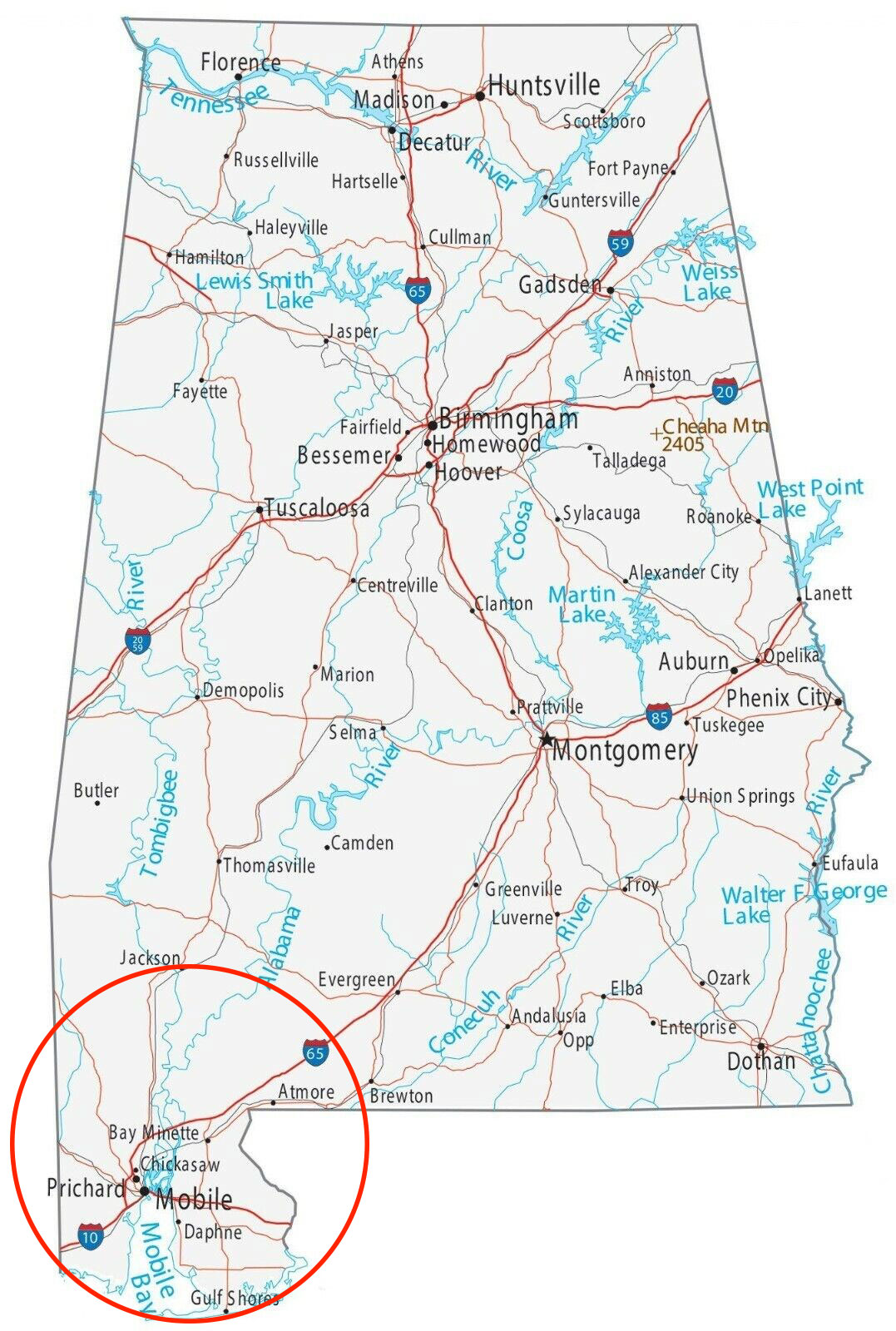by: Caleb Curren
Contact Archeology Inc. (CAI)
 In 2021 the University of West Alabama (UWA) publicly announced that:
In 2021 the University of West Alabama (UWA) publicly announced that:
We are now certain that we have the province of Mabila … While the exact site of the battle still hasn’t been located…it probably happened within a few miles of the territory … (Alabama Newscenter Nov. 14, 2021).
By 2023, in the light of scientific facts, an article in the Alabama Archeological Society newsletter, Stones and Bones, revealed the truth. Its’ title says it best … Well, We Know Where It Isn’t (Mabila). The article goes on to state that: “…an area void of artifacts equals no farmsteads or villages that might have been associated with the province of Mabila … we still know where it isn’t!
So, it is highly likely that Mabila is not in the west Alabama Black Belt region.
UWA has not found the Mabila Chiefdom nor the battle site of Mabila, however, they have certainly contributed to the archeological record of Alabama. For that they should be congratulated.
So where is the Mabila Chiefdom and the battle site?!
We have clues to the Chiefdom of Mabila location from historic records of the 1770s left by French explorers in the region. When the French came to Mobile Bay they found a powerful Native group known as the Mobilians who ruled the land.
The language of the Mobilians was known as the “trade language” commonly used by all groups on the northern Gulf Coastal region to conduct exchanges, thus reflecting the power of the Mobilians in the region. Their main town was located in the Mobile Delta that we know today as the multi-mound Bottle Creek Site. The longevity of the Chiefdom should certainly be a major clue as to the location the Mabila Chiefdom described by the Soto Expedition of the 1500s. Even the place name has survived to this day with the city named Mobile.
The Contact Archeology Research Team (CAI) is focusing on this portion of southwest Alabama to investigate the Mabila Chiefdom and the battle site of Mabila, believed to be in Clarke County.
So why has the battle site of Mabila not been found in over 100 years of searching? The answer is evident. The site is likely located in an isolated area in which it is very difficult to conduct archeological surveys. The area north of the junction of the Alabama and Tombigbee Rivers is, today, incredibly isolated and difficult to access.
The area we are searching is on the northern perimeter of the Mabila Chiefdom. Many Mississippian Period sites have been found in the Mobile Delta and bay region, some containing Spanish artifacts from the 1500s. We are actively investigating the region with boots on the ground.